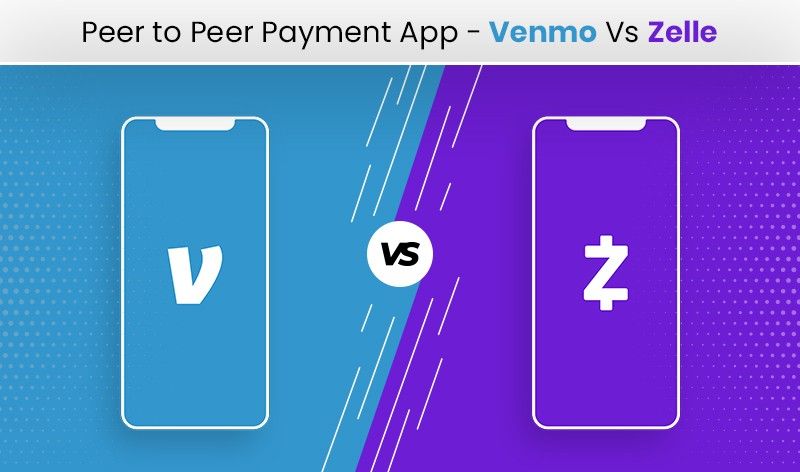In the world of digital finance, peer-to-peer payment platforms have become integral to how we manage our everyday transactions. Venmo and Zelle are two prominent names in this space, each offering unique features and benefits to users. In this article, we’ll compare venmo vs zelle, examining their key differences, functionalities, and the factors to consider when choosing between the two.
User Experience and Interface
Venmo: Venmo is known for its user-friendly interface and social payment features. Users can easily split bills, share expenses, and interact with friends through payment activity feeds. Venmo’s playful design and integration with social networks make it a favorite among younger generations.
Zelle: Zelle takes a more straightforward approach, focusing on quick and secure money transfers. It is often integrated directly into users’ banking apps, allowing for seamless transactions between bank accounts.
Transaction Speed and Availability
Venmo: Venmo transactions may take a bit longer to process, especially when transferring funds to a bank account. Instant transfers are available for a fee, allowing users to access their funds immediately.
Zelle: Zelle prides itself on near-instant transfers, often completing transactions within minutes. Since Zelle is typically linked directly to bank accounts, there is no need for intermediary steps to access funds.
Transaction Limits
Venmo: Venmo imposes daily, weekly, and monthly transaction limits, which can vary based on account verification and usage history. These limits apply to both sending and receiving money.
Zelle: Zelle may have transaction limits set by individual banks, which can vary. It’s important to check with your bank to understand any limitations on Zelle transactions.
Bank Integration
Venmo: Venmo offers the option to link your bank account for transfers, but it is not directly integrated into all banks. Transferring funds from Venmo to your bank account may involve additional steps.
Zelle: Zelle is often integrated directly into participating banks’ mobile apps, allowing for seamless transfers between accounts held at those banks. This integration enhances convenience and reduces the need for external transfers.
Security and Authentication
Venmo: Venmo employs various security measures, including encryption and user authentication. However, the social payment aspect of Venmo has led to privacy concerns in the past, as transaction details are often visible to friends by default.
Zelle: Zelle emphasizes its focus on security and typically requires users to log in to their banking apps for authentication. Transactions are typically conducted within the secure environment of the user’s bank.
International Transactions
Venmo: Venmo is primarily designed for transactions within the United States and is not intended for international payments.
Zelle: Similar to Venmo, Zelle is typically used for domestic transactions within the United States.
Choosing between Venmo and Zelle ultimately depends on your preferences and priorities. Venmo offers a social and interactive experience, making it ideal for splitting bills and sharing expenses among friends. On the other hand, Zelle prioritizes seamless and quick transactions directly between bank accounts. When deciding between the two, consider factors such as transaction speed, user interface, integration with your bank, and your preference for social interactions. Both platforms cater to different needs, providing users with versatile options for managing their digital payments.



